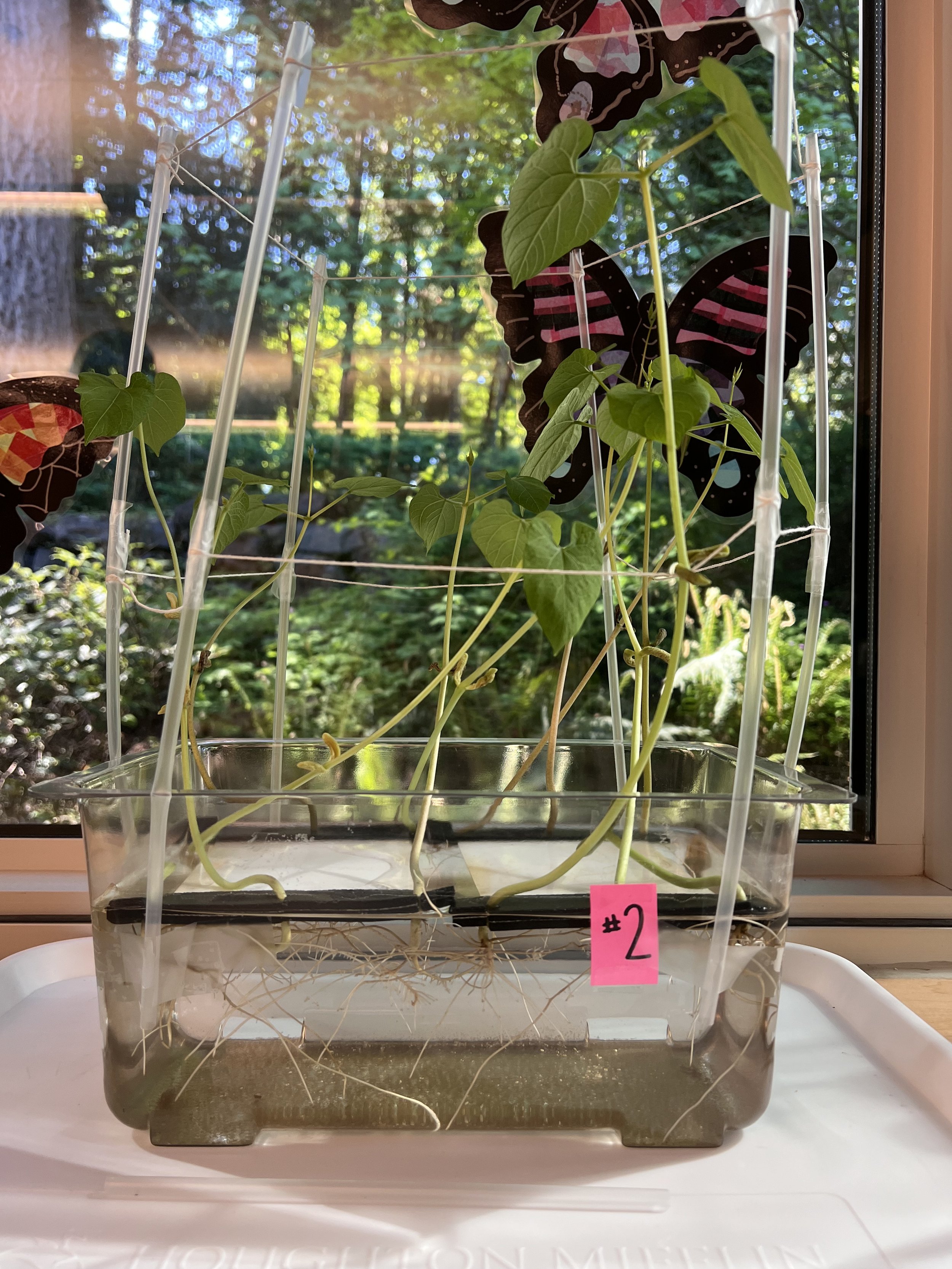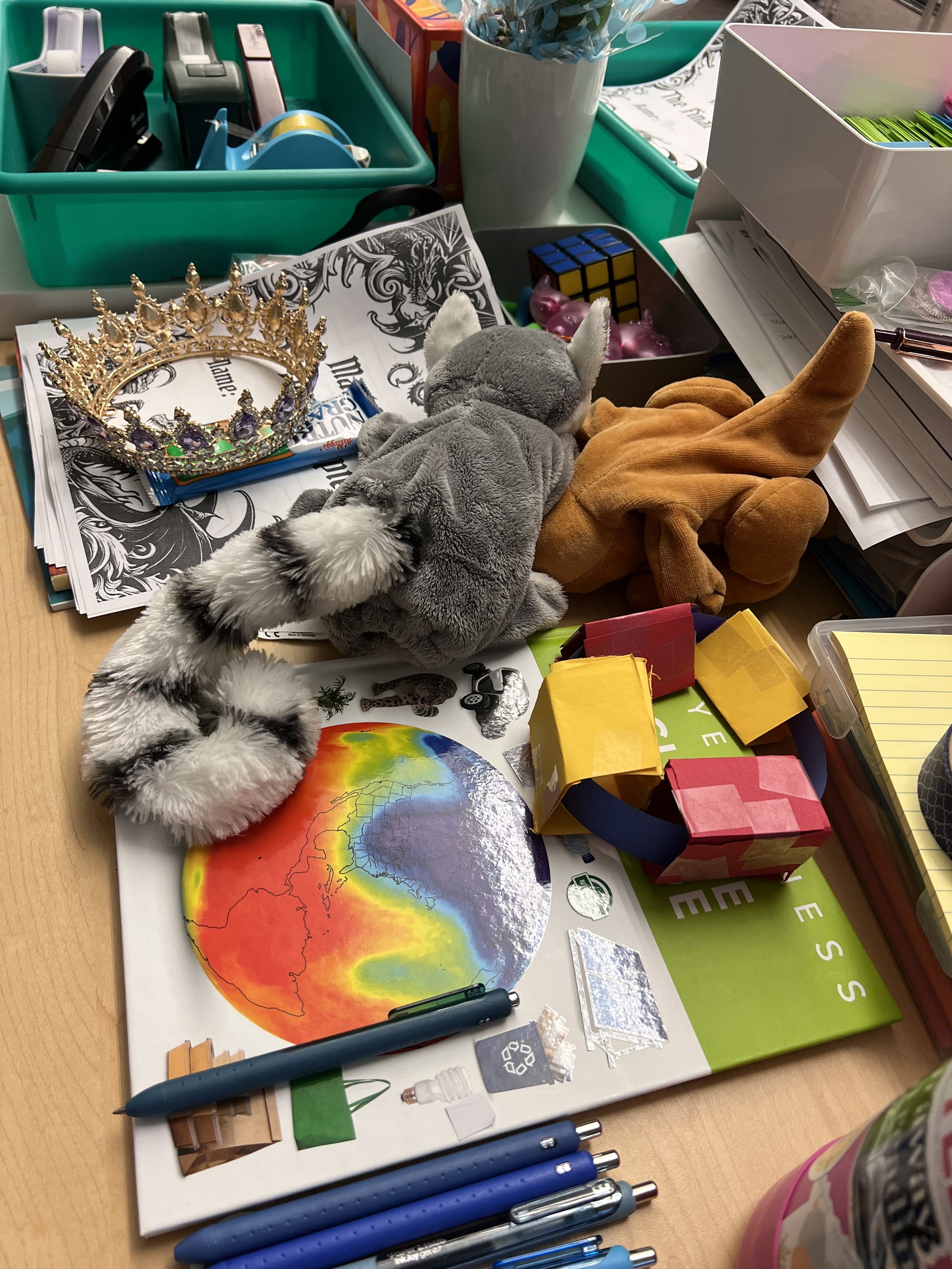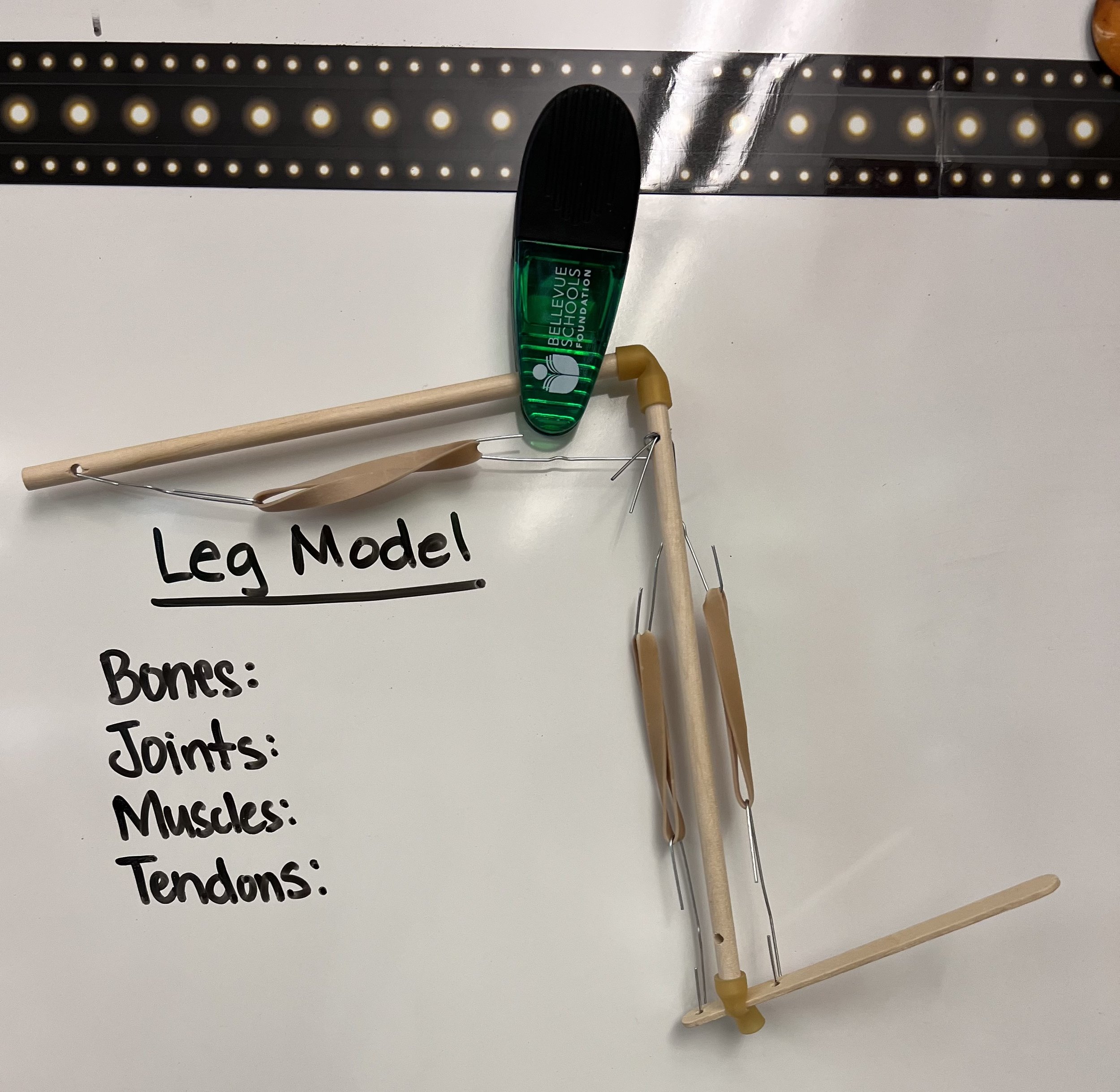Artifacts from the start of the Journey. I was scared, but ready to start this new adventure. I was so excited to learn and grow.
Required Reading
Reading from that was required before the first day of class.
Feature 1
I came back to this text a lot during my time at Seattle University. When I first read this over the summer, I would listen to it on my commute to and from my job as a music teacher. As a music teacher, I had already been thinking about how much privilege all my students have just by having access to private music lessons. Before reading this book I had also been thinking about the inequity within the classroom. This book made my eyes wide. This made me want to enact change within the school system. It grew my passion for teaching and educating others. I wanted to tell everyone about this book, and by the end of the summer, all of my friends had heard of this book. It was fuel to my pursuit of becoming an anti-racist teacher.
I found myself connecting this to Gay’s work and thinking about how all students are capable of greatness when given the courage and care of educators. It intersects with the idea that there are no bad students, just students who were not given the right tools. This is a book I will come back to repeatedly to remind myself of the system in place, and the little leaps I can make in my classroom to let them know that they are smart and wanted and are exactly where they need to be.
Strand I - Social Justice Identity
1.1 TCs are committed to examining their own histories, identities, biases, assumptions and their
own tensions with racism and oppression.
1.2 TCs value learning as a lifelong process in becoming an anti-racist educator.
1.3 TCs recognize students' intersecting identities and critically reflect on how biases, perceptions,
expectations and actions in classrooms and schools affect their learning opportunities
First Lesson Plan
Micro-teaching from the Fall Quarter
I chose this artifact because I felt like I learned a lot from my mistakes in this microteaching. First, this was the very first lesson plan with the Gholdy Muhammad framework. I remember this lesson plan being stressful and was spiraling to figure out how to start this lesson plan. Even though the lesson didn’t need to be more than fifteen minutes, I felt overwhelmed by how much content I needed to accomplish. When trying to figure out the learning target I felt like I was just guessing and hoping that what I was writing was correct. Even more so the difference between student-friendly learning targets and instructional learning targets felt like they were the same and hopefully would make sense to students. However, during this whole process, I wanted to make sure that I had made room for joy. No matter what grade is being taught, I want to make sure that joy is always present!
However, I do not want to lose the rigor of a challenging lesson. Gholdy Muhammad said it best in her book, “We deserve curriculum and instruction that is invigorating and rigorous to cultivate the intellectual faculties” (Muhammad). This was always at the forefront of my mind since my classroom looked very different from others. I had high achievers who were very interested in learning but were still second graders at heart. They deserve both joy and rigor at the same time. Thankfully since this first lesson plan, I know how to write well-rounded lesson plans. This was a great marker of my journey with productive struggle and I too can do hard things!
Strand IV - Planning, Instruction, and Assessment
4.4 TCs apply research-based theories of learning and development to design and enact equitable
instruction.
4.5 TCs design and enact instruction and assessment using a range of equitable instructional models and technologies so that learners can apply knowledge in authentic ways and develop
critical thinking skills
4.10 TCs seek out feedback and engage in ongoing critical reflection to strengthen their practice.
Sources
Delpit, L. (2013). “multiplication is for white people”: Raising expectations for Other People’s Children. The New Press.
Banks, J.A. & McGee Banks, C.A. (2016). Levels of integration of multicultural content (pp. 155-167). Multicultural Education: Issues and Perspectives (9th edition). Wiley
Gay, G. (2018). Chapter 5: Ethnic and cultural diversity in curriculum content (pp. 127-134; 141-156; 169-173). Culturally responsive teaching: Theory, research, and practice (3rd Edition). Teachers College Press.








